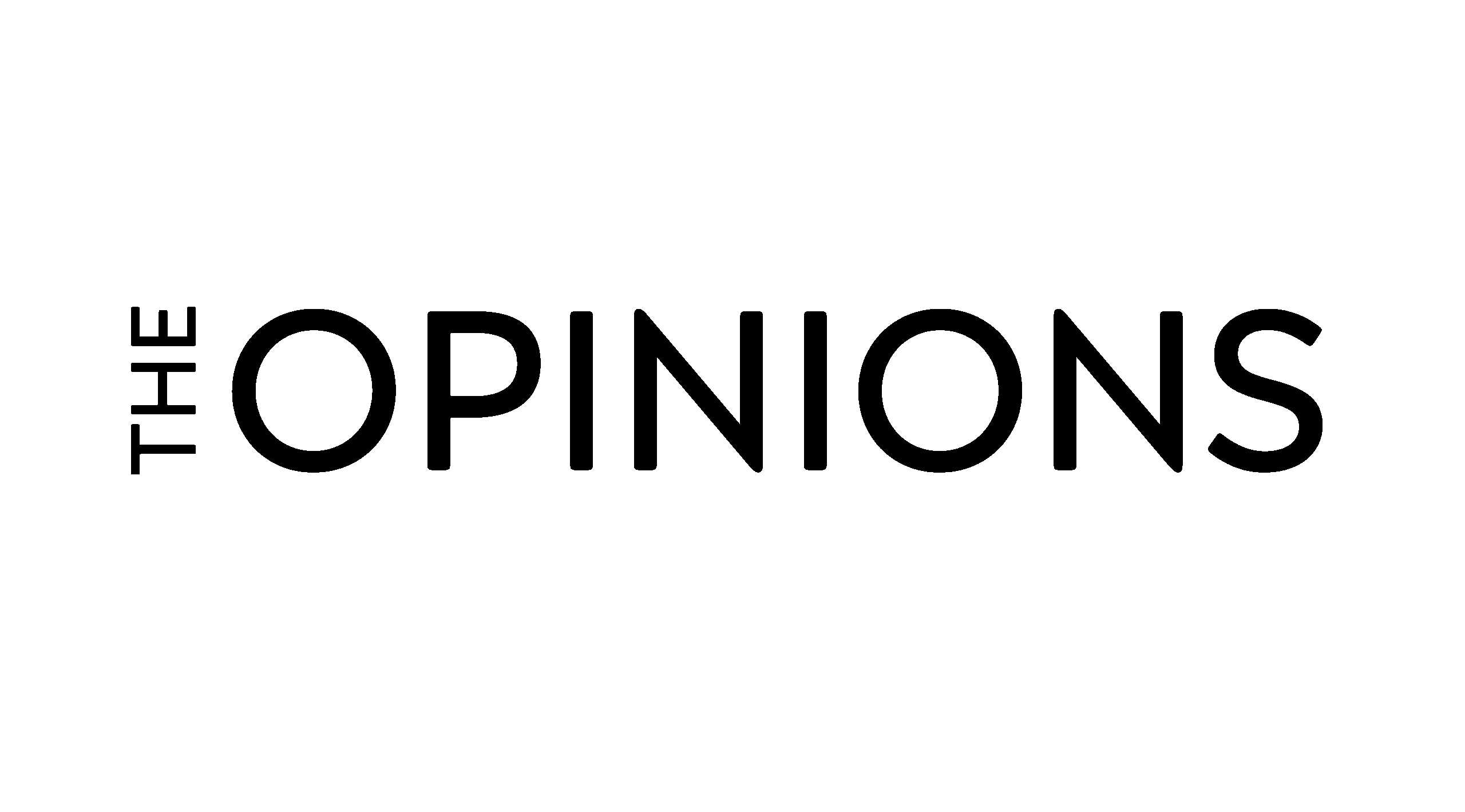Ruhi Kaneria | The Chronicle
Over the years, we have seen a shift towards influencer and celebrity transparency. With content revealing more of their nitty-gritty reality, influencers have managed to create relatability and humanize their glamorous lives. From revealing cosmetic procedures to opening up about health struggles, influencers are pulling back the curtain on the “perfect” image.

The Kardashian clan has notoriously spearheaded this shift. It started with Kylie Jenner casually commenting on a TikTok of content creator Rachel Leary asking about her augmentation procedure. Jenner casually replied in the comment section, “445 cc, moderate profile, half under the muscle!!! Silicone!!! Garth Fisher!!! Hopes this helps lol,” revealing her exact procedure as well as the surgeon behind it. In an August 20th Instagram post, internet personality Alix Earle posted about her recent skincare highs and lows, sharing “a friendly reminder that texture, pores, scarring, and breakouts are all normal.” It is refreshing to see a real struggle and the “work” of someone who matches the curated “ideal image” of how people should look.
Influencers aren’t the only group of people becoming more transparent about their personal body image and health struggles. Pro-tennis athlete Serena Williams recently revealed her journey on an FDA-approved GLP-1 treatment, a medicine used to reduce glucose levels among those with Type 2 diabetes, as she became a celebrity ambassador for the telehealth company Ro. Williams hoped to normalize the conversation on using the medication as a way for her to reach her weight loss goals. She revealed that after maintaining a clean diet and rigorous training, she wasn’t seeing the results, and that “[a]fter kids, it’s a medicine that [her] body needed.”
These moments of openness mark a new wave of celebrity culture. They challenge the unrealistic standards that audiences have long been fed and make influencers feel more human. Body and health transparency, when shared freely, can empower the audience by dismantling illusions of perfection.
But while image transparency has been celebrated, another form of openness remains contested. Political transparency. Should influencers also be expected to share their beliefs, or does that cross the line between public figure and private person?
On one hand, political views can silently govern the choices influencers make. The products they endorse, the ideals they promote, and even the narratives they choose to spotlight for their viewers are rooted in personal values and politics. Ignoring these risks creates a false sense of neutrality. However, audiences do not have the automatic right to know the political affiliations of the people they follow. Demanding them to reveal their beliefs creates a blur between entertainment and politics, forcing every piece of content to be viewed through a polarizing lens.
Where should we expect influencers to fall on this range from limited disclosure to full transparency? The limit should be something we focus more on. In the end, transparency has become a social currency. It builds trust, reliability, and more realistic influence as people better resonate with influencers. But the kind of transparency matters. Image, health, and lifestyle openness can dismantle flawed perceptions of people. But when it comes to politics, we should not demand that people share their views. While openness should be celebrated, we should not be looking to influencers for political sway because those decisions are solely ours to make.






